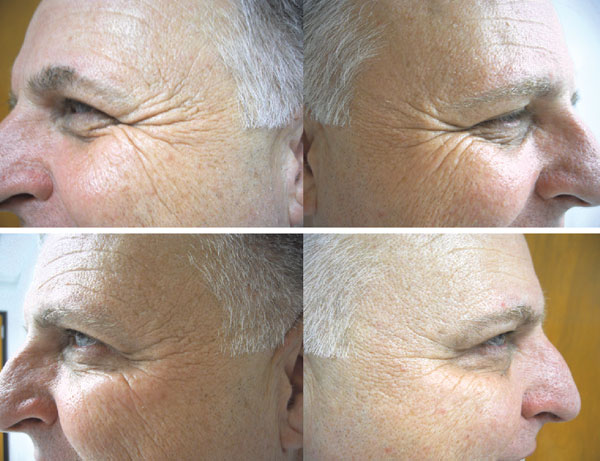Many physicians use medications that are approved and marketed for one condition in order to treat alternative or other conditions. This practice is not only permissible; in fact, it’s good medicine.
The Alliance of Specialty Medicine’s position states that “the FDA acknowledges that physicians may prescribe any legally marketed product for an off-label use, as long as it is in the best interested of the patient.”
Pharmaceutical companies often don’t pursue off-label uses due to the added expense of sponsoring clinical trials to secure additional labeling, and the many years required for the FDA process.
As an eye doctor, here are some of the “off label” uses of medications I prescribe:
- Restasis (a dry eye drug) or Advil (a headache medication) is often used for uveitis, inflammation of the uvea (the middle layer of the eye).
- As an immunosuppressive agent, cyclosporine has value in treating different forms of inflammation. Research has shown that cyclosporine can shorten the timeframe to resolution in some patients with anterior uveitis. Some patients have more complications when steroids are used, so in mild cases cyclosporine is a good choice. A similar effect can be had with the use of Advil; particularly in some forms of recurrent uveitis.
- Lotemax (steroid) is commonly used for treatment of dry eye. Lotemax is FDA- approved for treating inflammation and pain following ocular surgery, but it’s routinely used for a variety of anterior segment inflammatory conditions such as an allergic conjunctivitis, rosacea, superficial punctate keratitis (SPK), and dry eye. Dry eye has a significant inflammatory component and treatments often take a while to “kick in”; reducing the inflammation with a steroid helps get the patient comfortable much faster.
- Doxycycline (oral antibiotic) for recurrent corneal erosion (RCE), a painful corneal condition that often re-occurs. Doxycyclines – along with other oral tetracycline type medications – have anti-inflammatory properties and have been shown to reduce the incidence of MMPs (matrix metalloproteinase), proteases that are involved in the cleavage of cell surface receptions. They are common in inflammatory processes, and oral doxycycline is used in low dosages for the anti-inflammatory properties. At low dosages they are well tolerated by the body and do not cause anti-bacterial resistance.
- Gatafloxacin eye drops (antibiotic) for the treatment of corneal ulcers. Although approved for acute conjunctivitis, this class of drugs is commonly used for corneal ulcers. Although there are come gaps in effective pathogen coverage, they are still effective against most eye pathogens and well tolerated by most patients. The drops do not require compounding and are readily available.
- Betadine (povidone-iodine) or Zirgen (ganciclovir) for viral keratoconjunctivitis. Topical Betadine has been shown to be a virucidal agent and is used to reduce the overall viral load of a patient presenting with acute pink eye (viral infection of the cornea/conjunctiva). Zirgen (ganciclovir) is a herpetic eye drop effective against the herpes virus (multiple variations) but also effective about 70-80% of the time against adenoviruses. Use will usually speed up recovery and reduce symptoms.
As a doctor we need to make sure any off-label application is grounded on firm scientific rationale and sound medical evidence. It’s important to let the patient know that this particular application is off-label.
Dr. Evans is the founding owner of Evans Eye Care in Palm Desert and can be reached at (760) 674.8806 or online at www.evanseyecare.com.












































Comments (0)